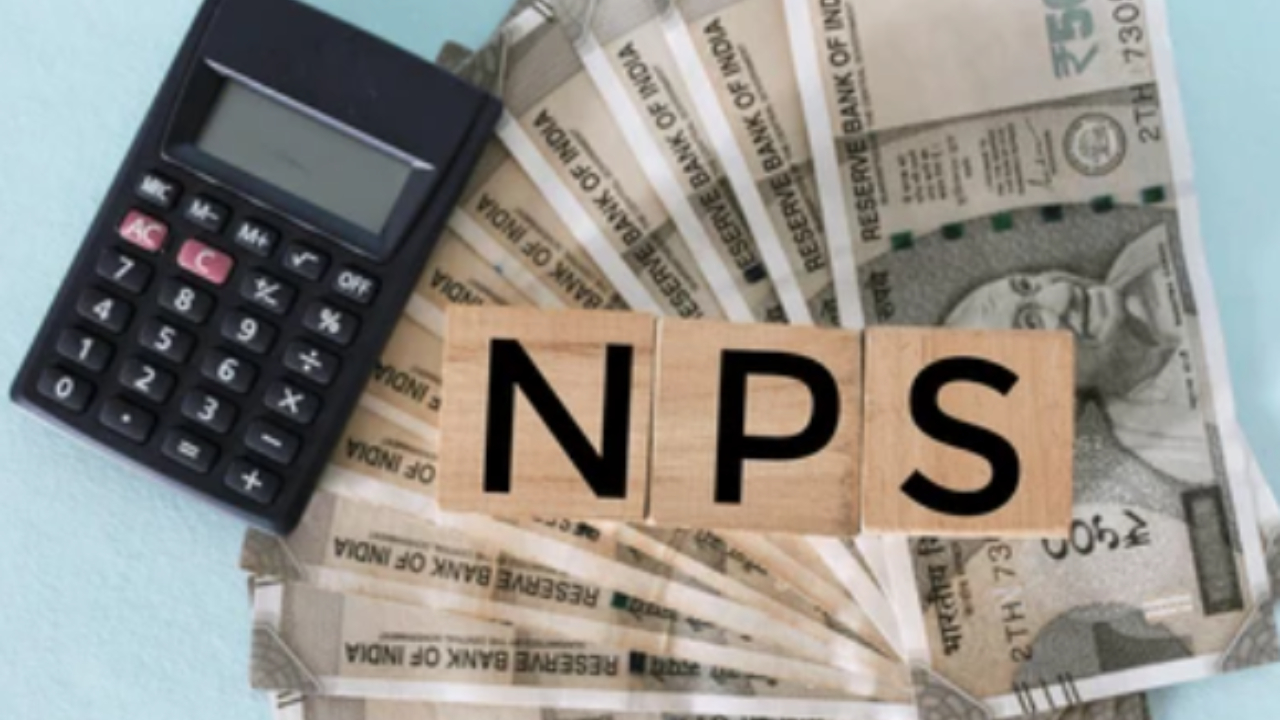There is a big update for government employees who invest in pension schemes. The government has now allowed a tax benefit similar to the National Pension System (NPS) for another scheme called the Unified Pension Scheme (UPS). This new move brings relief and clarity to thousands of employees. But what exactly is this benefit, and who can apply? Let’s understand everything in simple words.
What Is NPS (National Pension System)?
The NPS is a retirement savings scheme backed by the government. It helps people save regularly during their working years, and at retirement, they get a regular income (pension).
The biggest benefit of NPS is extra tax saving under Section 80CCD(2), apart from regular 80C benefits. This means you can save more tax if your employer contributes to your NPS account.
What Is UPS (Unified Pension Scheme)?
UPS, or Unified Pension Scheme, is a similar pension-saving scheme followed by some Central or State Government departments and Public Sector Units (PSUs).
Earlier, tax benefits were not clearly defined under UPS like they were for NPS. But now, the government has clarified that UPS will also get the same tax treatment as NPS under certain conditions.
Latest Update: Equal Tax Benefits for UPS
In June 2024, the Central Board of Direct Taxes (CBDT) issued a notification under Section 80CCD(2) of the Income Tax Act. This means that contributions made by the employer to UPS will now be eligible for the same tax deduction as NPS – up to 14% of the basic salary for government employees. Earlier, only NPS qualified for this. Now, if your employer contributes to UPS instead of NPS, you can still claim tax benefit on it, just like NPS.
Deadline for Eligibility
The tax benefit is available only if the UPS was active as of March 31, 2022.
This means:
- If your employer was contributing to UPS before or on 31st March 2022, you are eligible.
- If UPS started after that date, you won’t get this benefit.
So, it’s not for new UPS subscribers, only for existing ones before April 1, 2022.
Overview Table: NPS vs UPS Tax Benefits
| Feature | NPS | UPS (Now with benefits) |
| Government Backed? | Yes | Yes |
| Tax Benefit Section | 80CCD(2) | 80CCD(2) |
| Employee Contribution | Optional | As per scheme |
| Employer Contribution | Up to 14% of basic pay | Up to 14% of basic pay |
| Deduction Limit | No monetary cap, % based | No monetary cap, % based |
| Eligibility for Tax Benefit | All NPS subscribers | UPS subscribers before 31.03.2022 |
| Effective From | Already in effect | From FY 2023-24 (AY 2024-25) |
Who Will Benefit the Most?
This decision will mostly help employees of public sector undertakings, autonomous bodies, and some government offices who were following different pension systems than NPS.
Many such departments had structured pension plans like UPS before NPS became standard. These employees were missing out on tax benefits under the Income Tax Act.
Now, with this notification, they will enjoy the same tax-saving advantage as NPS users. It brings uniformity and fairness to all kinds of government pension schemes.
Why Is This Important?
- Promotes savings for retirement.
- Encourages pension system coverage.
- Provides equal treatment to different pension schemes.
- Helps government employees save more on tax.
How to Claim This Benefit?
To claim this benefit:
- Ensure your UPS account was active before March 31, 2022.
- Your employer should clearly show the contribution amount in Form 16.
- You need to file the ITR (Income Tax Return) under Section 80CCD(2) to claim this deduction.
- Remember, only employer’s contribution is allowed here, not employee’s own.
Important Notes
- This change is not for private sector employees.
- This benefit is only for UPS, not other pension schemes like EPF or PPF.
- This is effective from the financial year 2023-24 onwards, so you can claim it in the current ITR filing season (AY 2024-25).
Final Words
This is a welcome decision for many government employees who have been using UPS instead of NPS. By giving the same tax benefit, the government has ensured equal treatment and helped employees plan better for retirement If you or someone you know falls under this category, make sure to file your ITR on time and claim your rightful deduction under Section 80CCD(2). Remember, the cut-off date is March 31, 2022, so check your records before proceeding.

